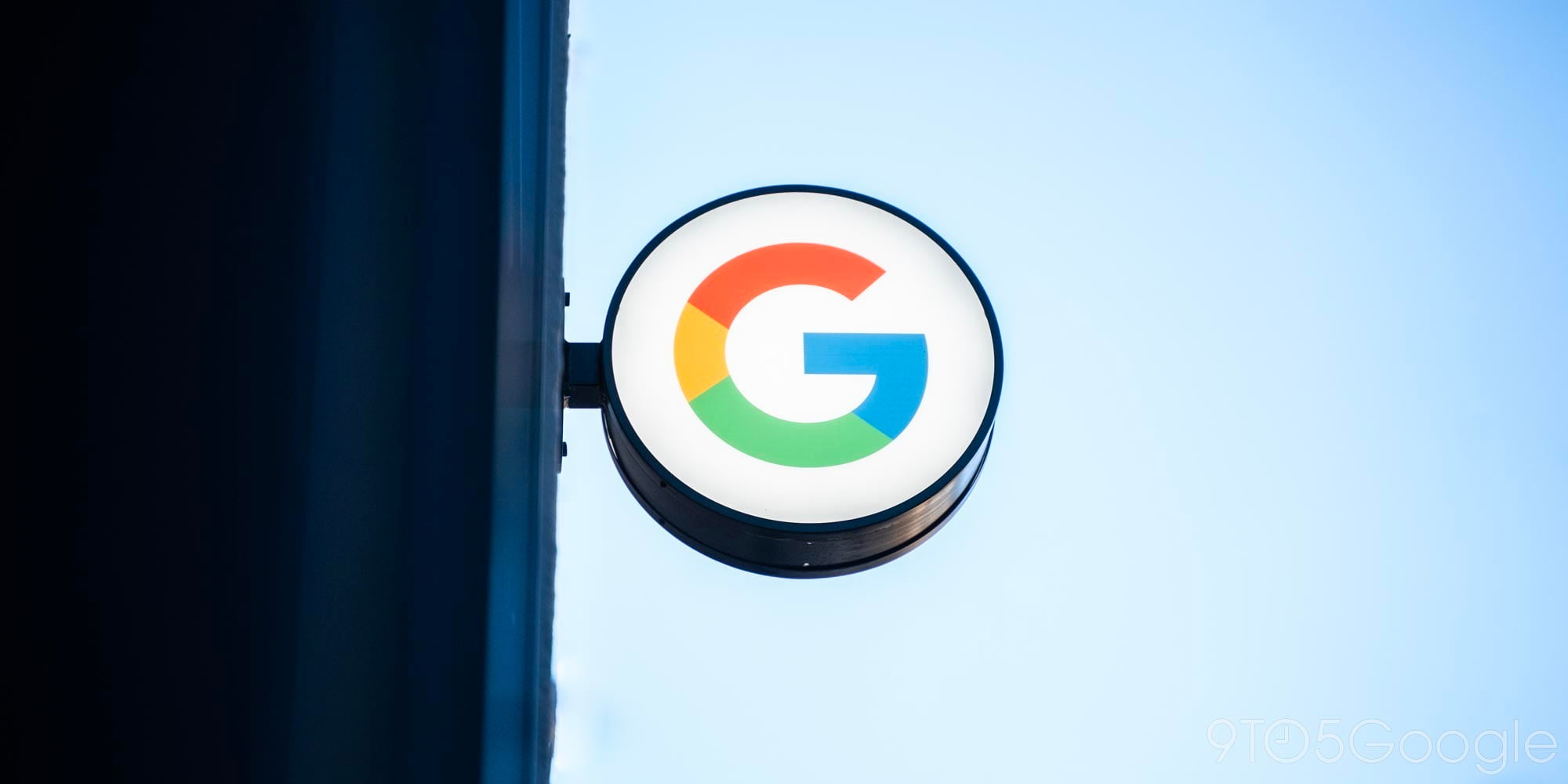
USPTO publishes Google’s ‘Speak to Tweet’ patent
The U.S. Patent and Trademark office just published a Google patent for “Speak to Tweet,” which is a service that allows users to communicate on Twitter by dialing an international phone number and then leaving a tweet by way of voice message. Google developed “Speak to Tweet” in response to the 2011 Egyptian revolution Internet shutdown.
Patentbolt explained:
In January 2011 Google acquired a small company called SayNow. Google, with the assistance of their newly acquired SayNow team worked night and day with Twitter so as to quickly develop a product called “Speak to Tweet.” The service was developed to help people stay connected in times when they were unable to find a viable Internet connection. The inspiration for this application was born during the Egyptian revolution. As a reaction to protests in Cairo, the Egyptian government shut down the Internet throughout that country on January 26, 2011. Technically, Speak to Tweet (or speak2tweet) is a communications service that allows users to leave a “tweet” on Twitter by calling a designated international phone number and leaving a voice message. Recently, the US Patent Office published the patent that’s behind the Speak to Tweet service.
Head of the Google Cultural Institute Steve Crossan originally filed the patent application in Q1 2012. Check it out here.
[Image via Patentbolt]


